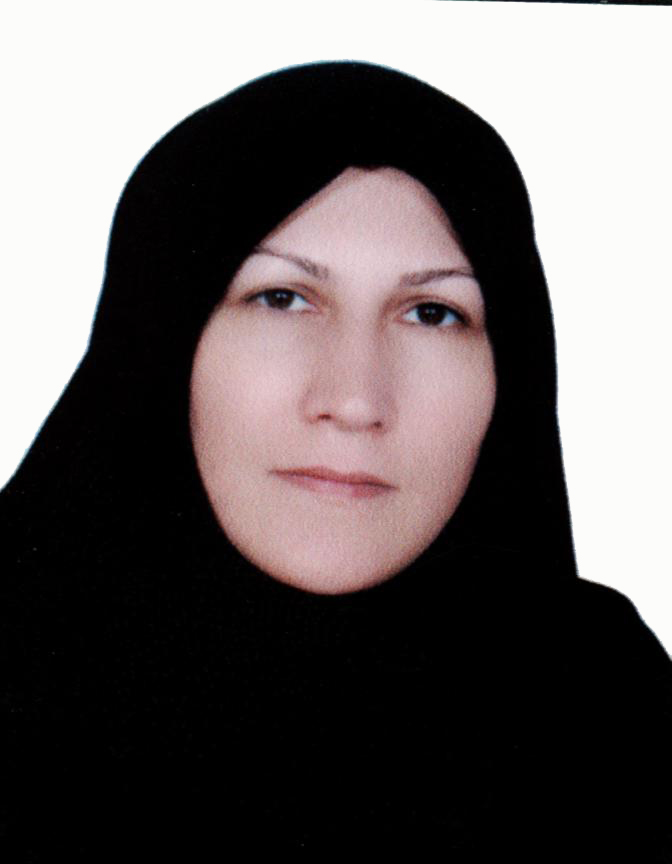Administration of corticosterone after memory reactivation disrupts subsequent retrieval of a contextual conditioned fear memory
Abstract
Reactivation of stabilized memories returns them to a labile state and causes them to undergo extinction or reconsolidation processes. Although it is well established that administration of glucocorticoids after training enhance consolidation of contextual fear memories, but their effects on post-retrieval processes are not known. In this study, we first asked whether administration of corticosterone after memory reactivation would modulate subsequent expression of memory in rats. Additionally, we examined whether this modulatory action would depend upon the strength of the memory. We also tested the effect of propranolol after memory reactivation. Adult male Wistar rats were trained in a fear conditioning system using moderate (0.4 mA) or high shock (1.5 mA) intensities. For reactivation, rats were returned to the chamber for 90 s 24 h later. Immediately after reactivation, rats were injected with corticosterone (1, 3 or 10 mg/kg) or vehicle. One, 7 and 14 days after memory reactivation, rats were returned to the context for 5 min, and freezing behavior was scored. The findings indicated that corticosterone when injected after memory reactivation had no significant effect on recall of a moderate memory, but it impaired recall of a strong memory at a dose of 3 mg/kg. Propranolol (5 mg/kg) given after the reactivation treatment produced a modest impairment that persisted over three test sessions. Further, the results showed that corticosterone, but not propranolol deficit was reversed by a reminder shock. These findings provide evidence that administration of glucocorticoids following memory reactivation reduces subsequent retrieval of strong, but not moderate, contextual conditioned fear memory likely via acceleration of memory extinction. On the other hand, propranolol-induced amnesia may result from blockade of reconsolidation process. Further studies are needed to determine the underlying mechanisms.
